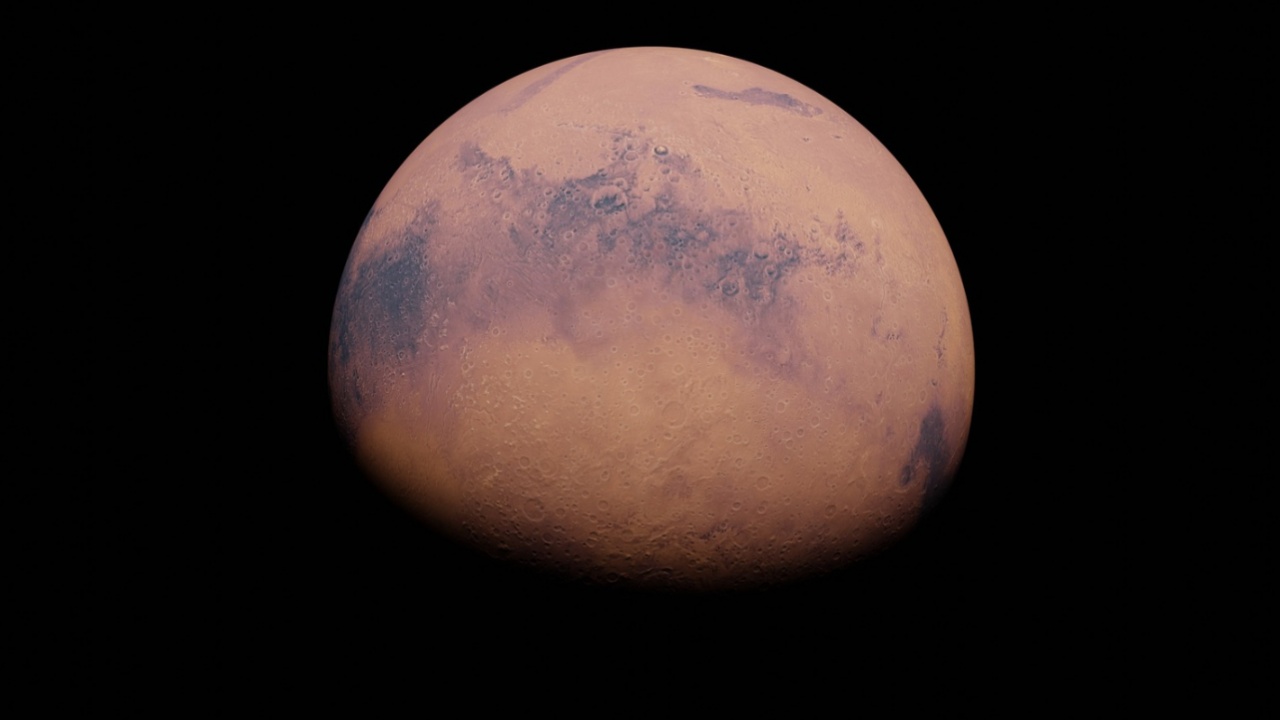Listen to the news
Technology developed by scientists at the University of Aberdeen will be sent to Mars in a bid to prove that water can form on the planet's surface.
The device, created by the university's Department of Planetary Sciences, will monitor a process that scientists say leads to the formation of water on the planet, but has never been observed before.
The instrument was originally supposed to be sent to Mars during a space mission developed by the European Space Agency and Roscosmos, but it was frozen after Russia's invasion of Ukraine last year.
With funding from the UK Space Agency, the device will be put on an upcoming Japanese mission to Mars, scheduled to take place over the next five to ten years.
Liquid water has never been observed on the surface of Mars, but scientists believe that unique salts on the surface absorb water from the atmosphere and produce liquid water in the form of a saline solution at night, when the temperature is lowest.
Chinese researchers prove the existence of an ancient ocean on Mars
A technology developed at the university, called Habit (Habitability: Brine Irradiation and Temperature), will try to record this process.
The apparatus will be loaded with a type of salt known to exist on Mars. This will allow the team to monitor whether and how salts absorb moisture from the atmosphere and produce water.
The device will also investigate the amount of water vapor in the atmosphere, daily and seasonal variations of soil and air temperatures, as well as ultraviolet radiation levels.
Professor Javier Martin-Torres, Head of the Department of Planetary Science, will present Habit to representatives of the UK Space Agency at the headquarters of the Japan Aerospace Research Agency in Tokyo this month. He will then give a briefing on technology at the International Symposium on Space Technology and Science.
"We are very grateful and excited to have this new opportunity to deliver Habit to Mars through the UK Space Agency and the Japanese space programme. Although we will have to make some small adaptations to ensure that Habit is compatible with Japanese equipment. However, this work is insignificant compared to the years of research and development that have already been carried out on the device to get to this stage," the professor said. "Previously, I had the opportunity to work on another instrument, the Rover Environmental Monitoring Station (REMS), which is currently on NASA's Curiosity rover," he said, adding: "It's a nice feeling to see the REMS images on Mars and to be able to say that I ever held this device in my hands."
If the mission goes according to plan, Habit will become the first European tool to use resources on the ground to be deployed on the surface of another planet.
Mars
